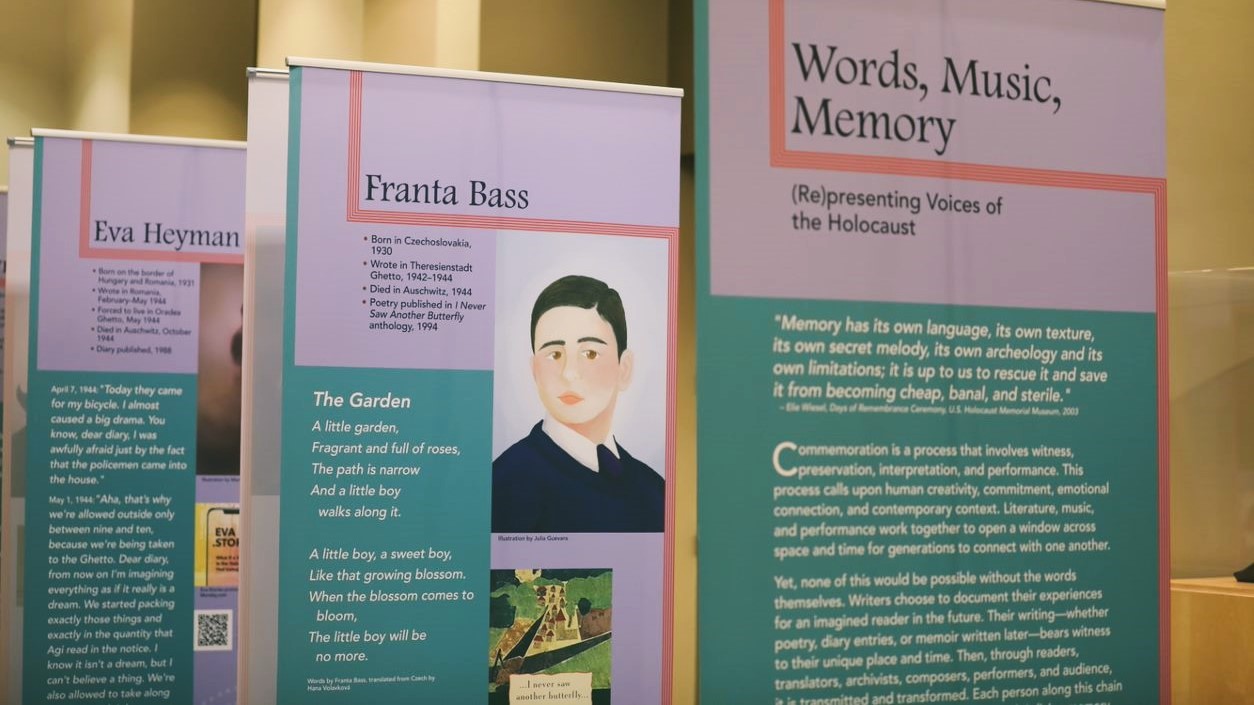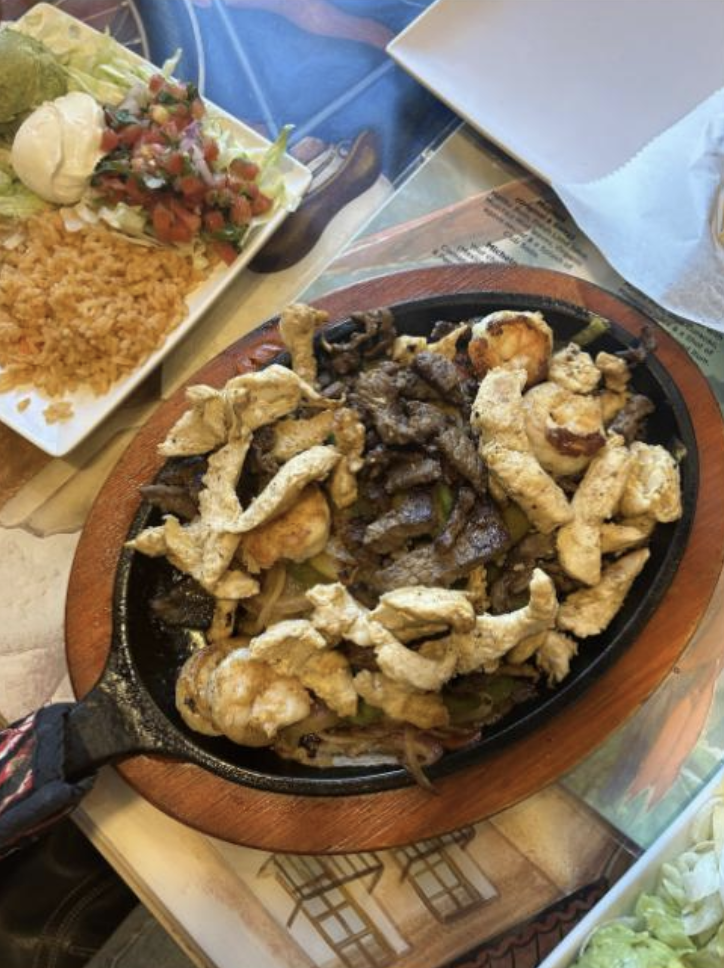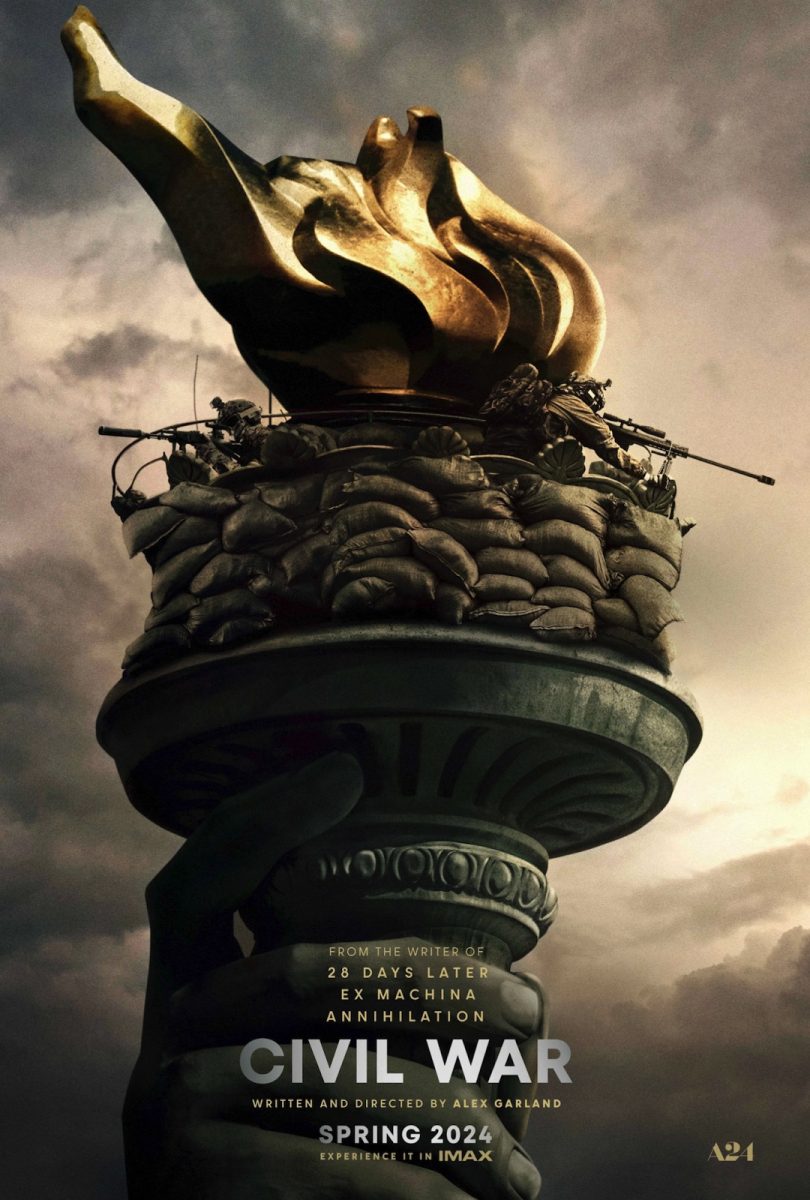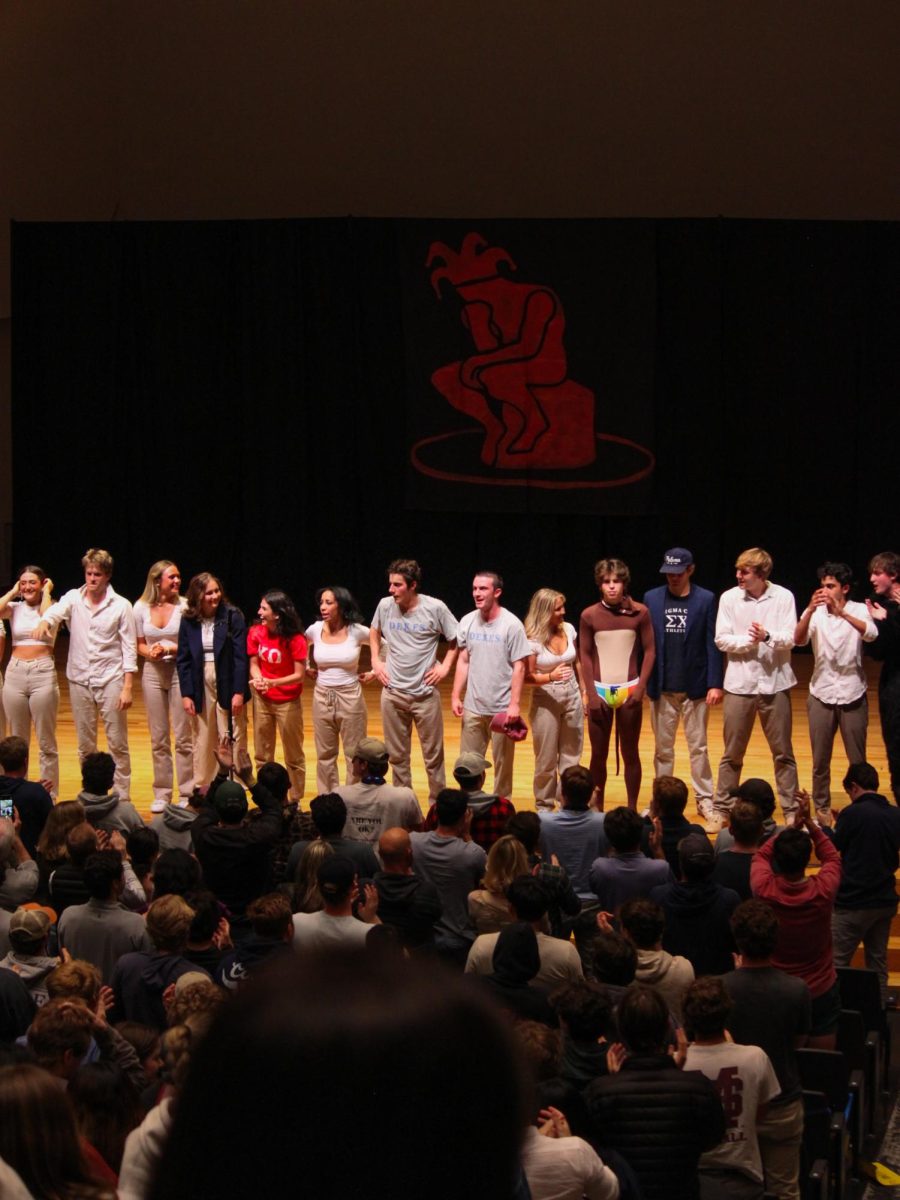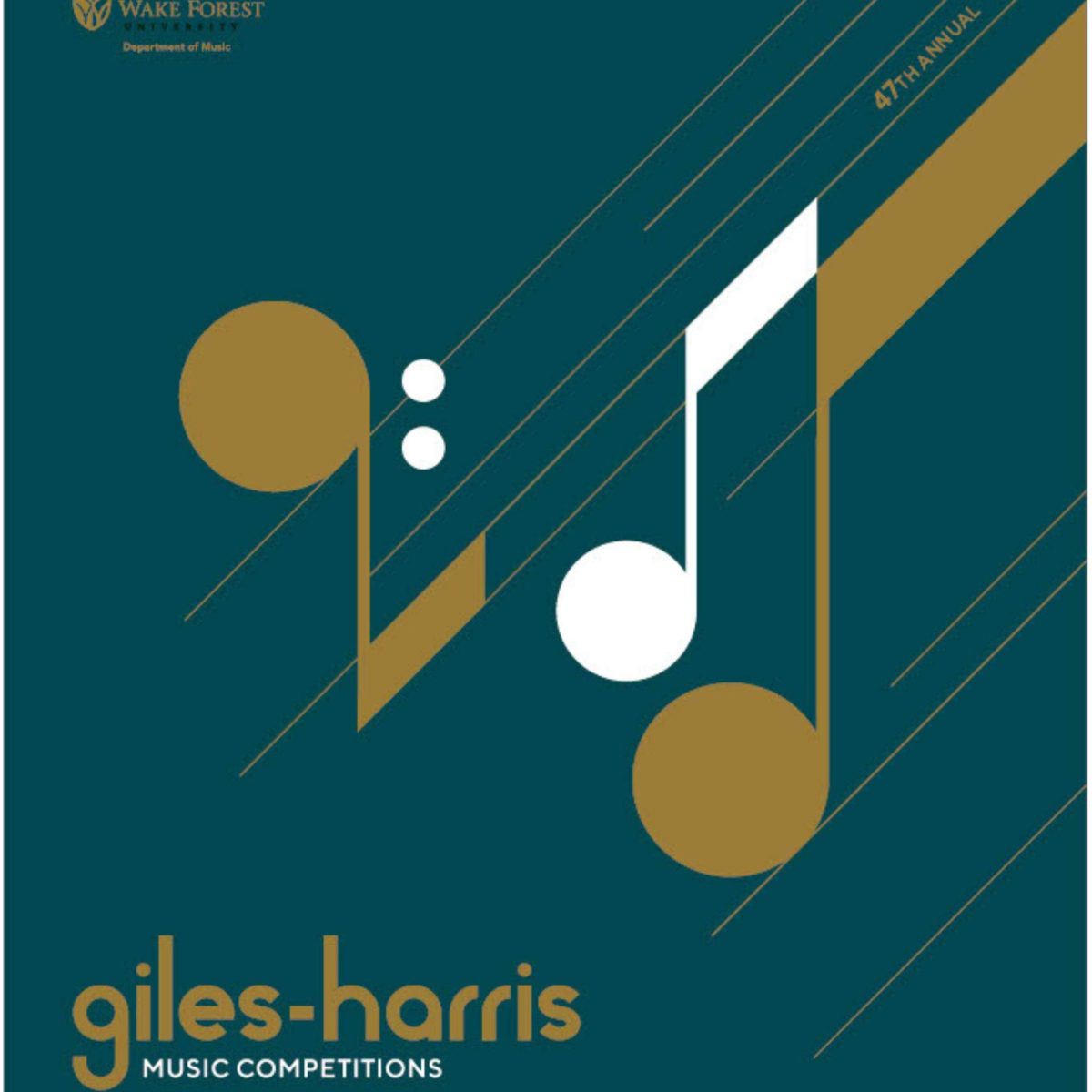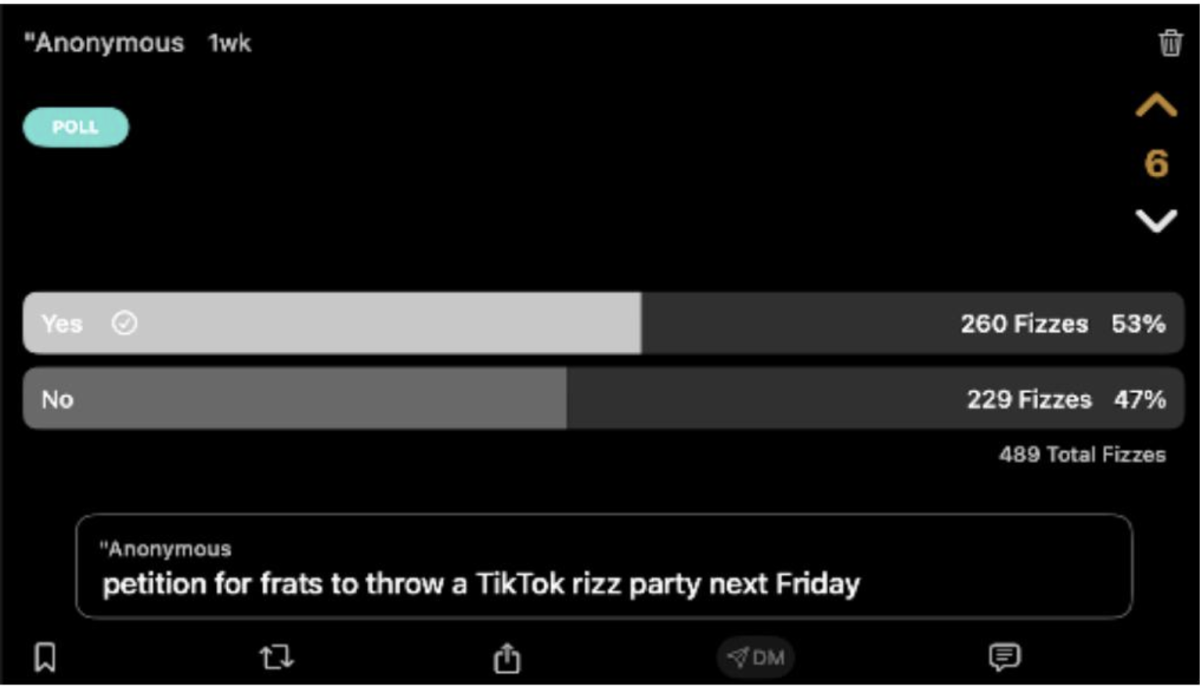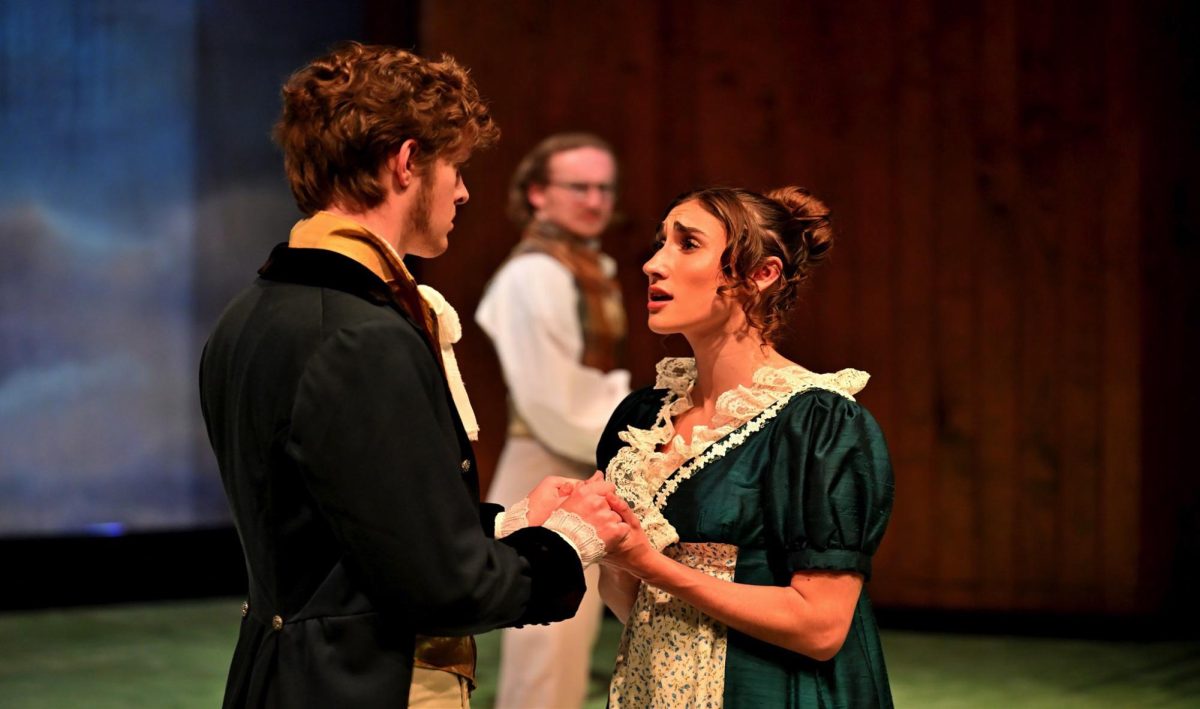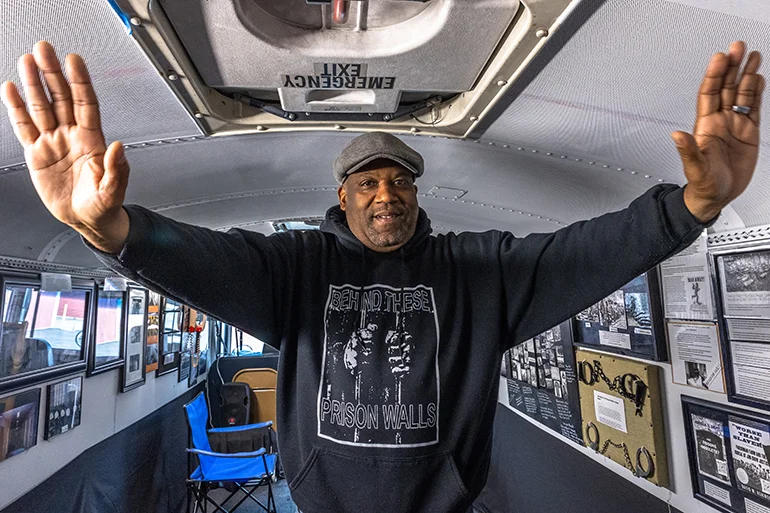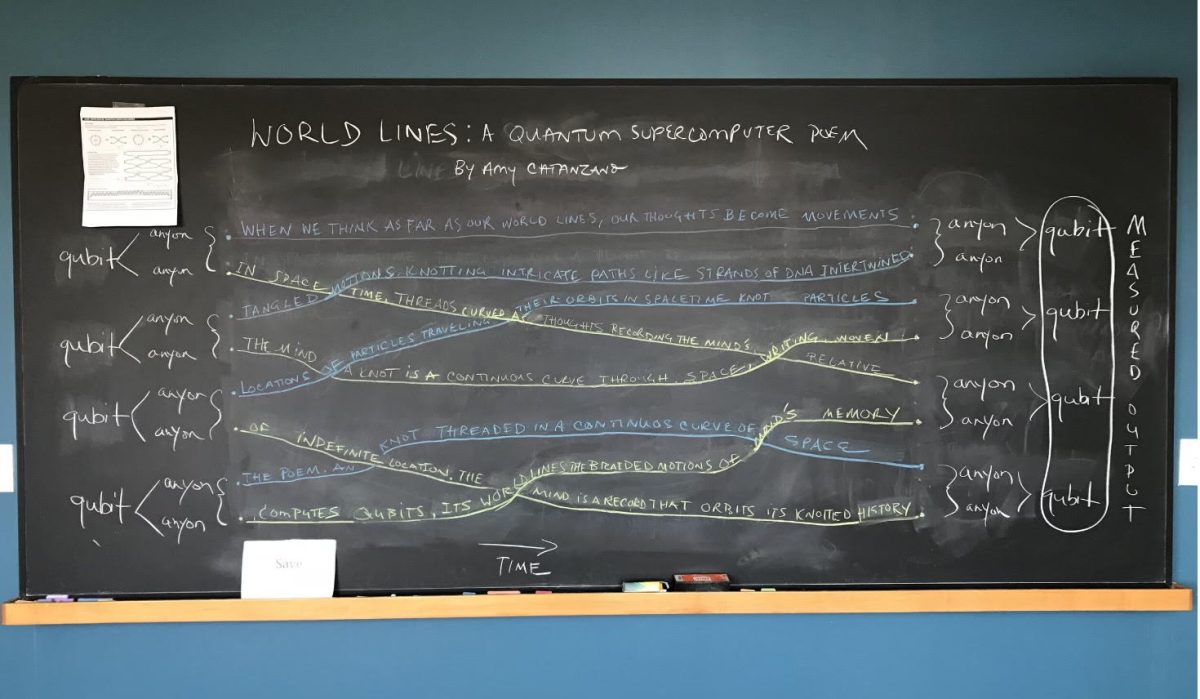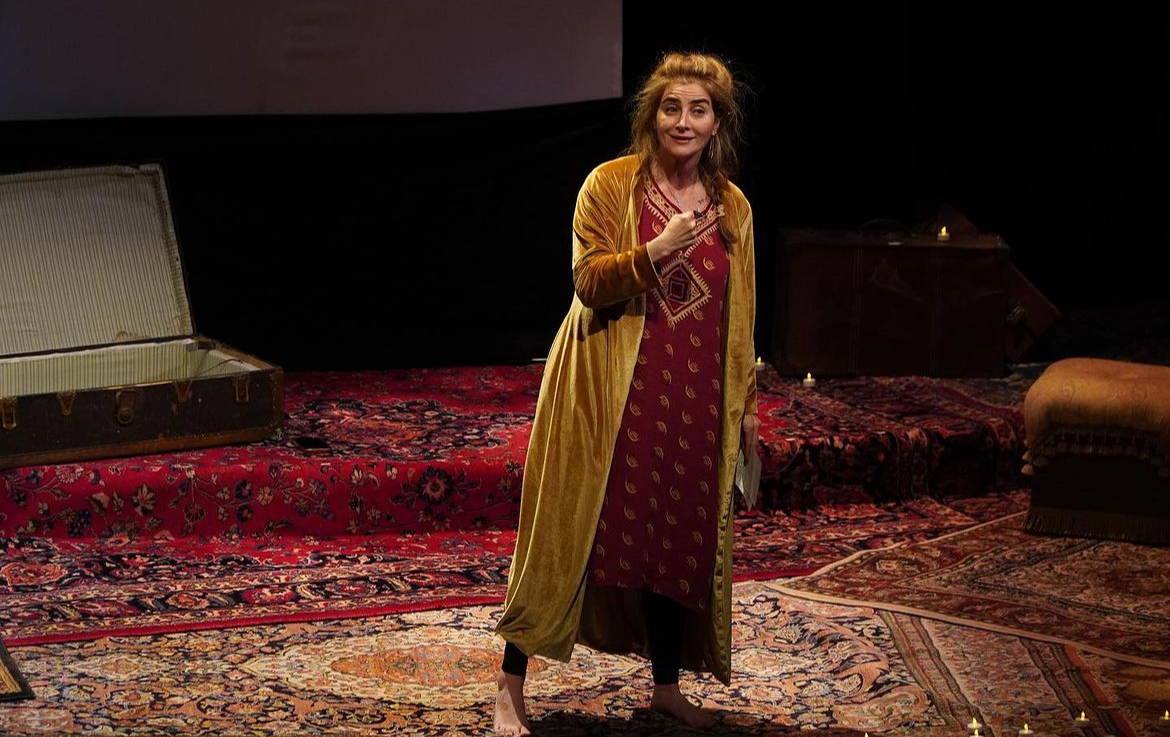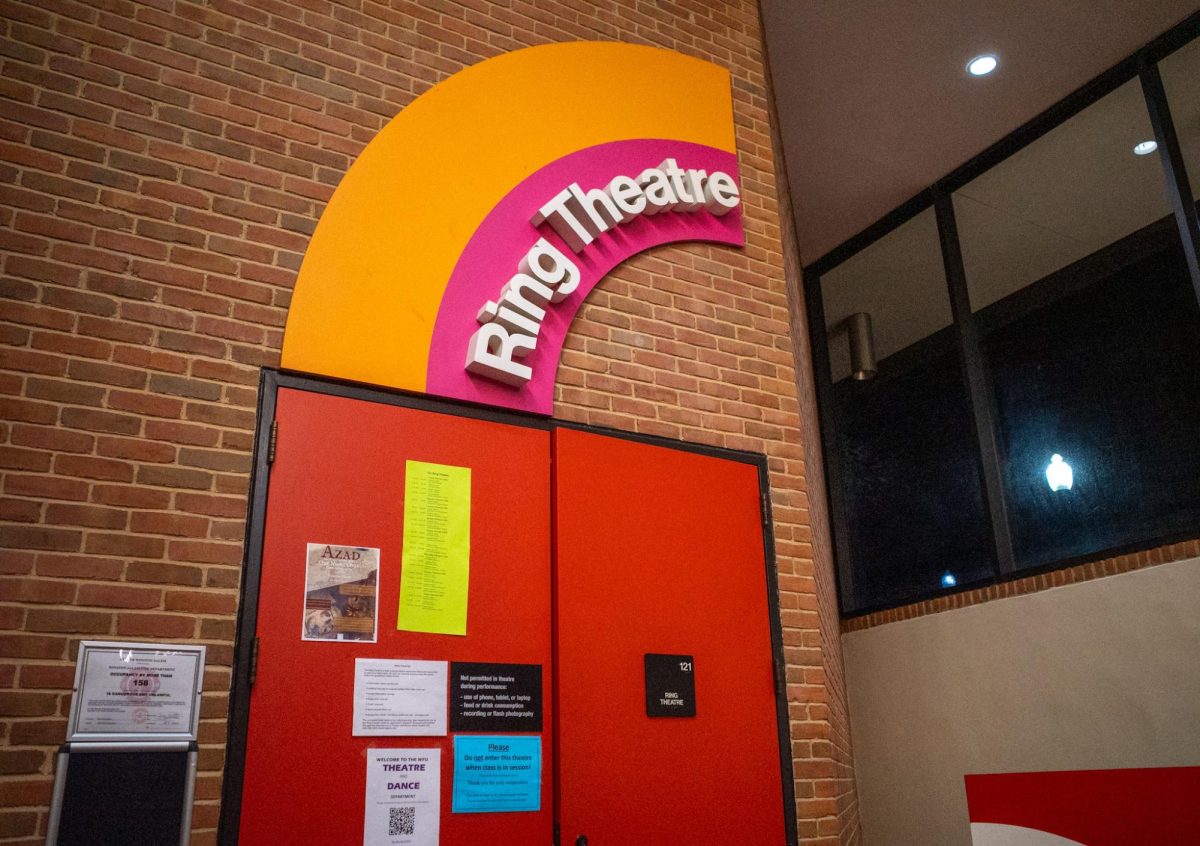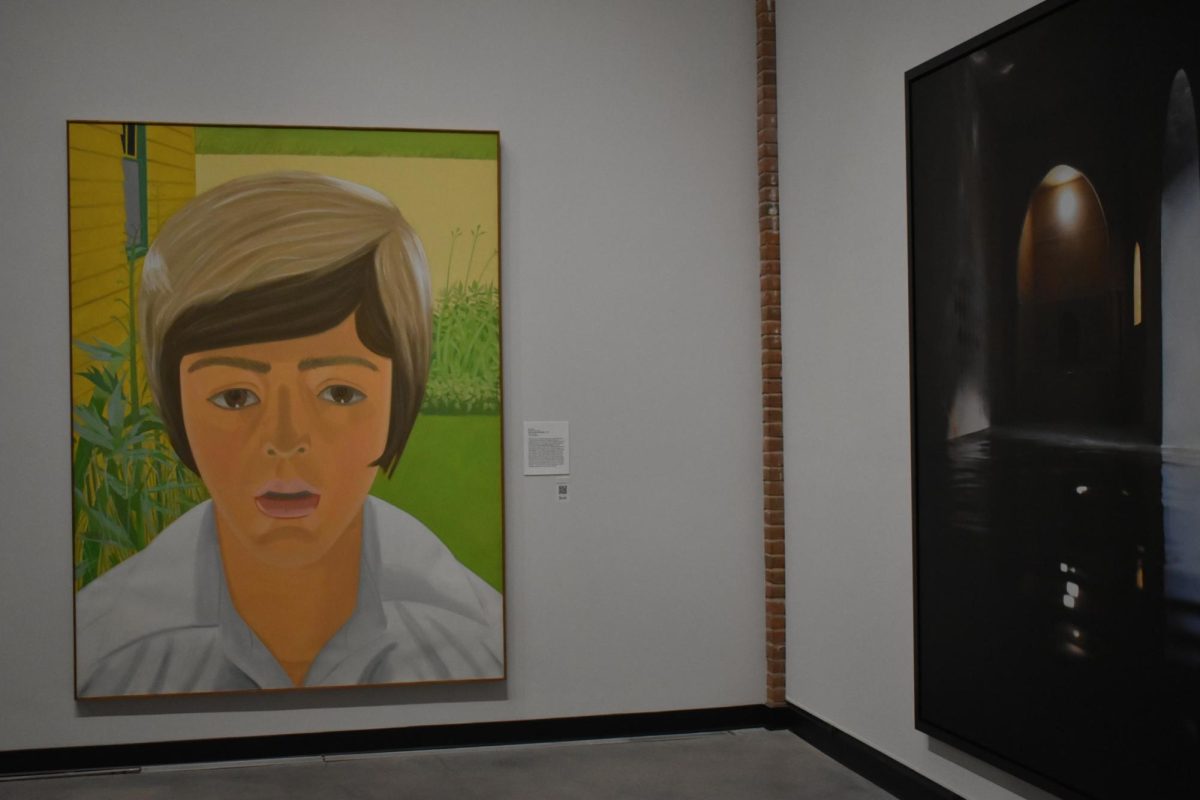Commemoration of significant events requires the preservation and interpretation of stories across generations. For the voices of Holocaust victims, it requires the talent of artists to reimagine their words for a contemporary audience.
The “Words, Music, Memory: (Re)presenting Voices of the Holocaust” exhibition was created to translate the words of Holocaust victims into living works of art. It includes 10 panels that feature various Holocaust victims, visual art created by local high school students and a monitor that displays the coinciding lecture and musical performance.
The traveling exhibition is on display in the Wake Forest LAM Museum of Anthropology through March 6.
“Ultimately, our goal for the exhibition is to create a living memorial experience,” Adina Langer, curator of the exhibition and of the Museum of History and Holocaust Education at Kennesaw State University, said. “We also want to inspire others to connect with the past through music and art, affirming the humanity of those who experienced traumatic history.”
On Nov. 18, 2021, the North Carolina state legislature passed the Gizella Abramson Holocaust Education Act, which mandates education on the Holocaust in all public middle and high schools in the state beginning in the 2023-2024 school year. The Anti-Defamation League’s annual Audit of Antisemetic Incidents reported a 30% increase in antisemitic incidents in North Carolina, from 30 in 2021 to 39 in 2022. The legislation is intended to combat such incidents and to inform students about the more than six million Jewish people who died during the Holocaust.
We have a responsibility to pass down [the Holocaust victims’] stories so that the atrocities they witnessed will never occur again. Commemorating the work and lives of Holocaust survivors reminds us of the human beings behind their stories. Using many forms of imagery and art helps visitors to the museum immerse themselves in the stories of these writers and artists in ways never felt before.
— Erin Ryan, Class of 2026
Dr. Andrew Gurstelle, academic director of the LAM Museum, said that commemorating the Holocaust fosters knowledge beyond the facts that many are taught in school.
“I think a lot of students already know about the Holocaust,” Gurstelle said. “The exhibit isn’t necessarily teaching Wake Forest students something new, but it serves to talk about memorialization. Both about the Holocaust and in general, it serves to question how we should memorialize violent and difficult histories.”
The exhibition began as a musical performance by Senior Associate Dean of Admissions Sheena Ramirez, who performed “In Sleep the World is Yours” by Lori Laitman, a song based on the poetry of Holocaust victim Selma Meerbaum-Eisinger. To help analyze poetry from the song, Ramirez contacted Langer, her roommate during her freshman year at Oberlin College. The two collaborated to create the exhibition as a way to formally engage with the poetry of Holocaust victims.
Each panel of the exhibition features the original words and modern artistic interpretations of eight Holocaust victims, including Franta Bass, Selma Meerbaum-Eisinger, Anne Frank, Eva Heyman, Krystyna Zywulska, Shmerke Kaczerginski, Nelly Sachs and Elie Wiesel.
One panel features an excerpt from Elie Wiesel’s “Night:” “Never shall I forget those moments that murdered my God and my soul and turned my dreams to ashes.”
Accompanying facts about the Holocaust victims’ lives and original writings are illustrated portraits of them and information about various artistic interpretations of their words, including musical scores, plays and other performances.
The exhibition also features visual art contributions from students of West Forsyth and Mount Tabor High Schools, including “The Butterfly Project,” which includes a butterfly made from sneakers decorated in honor of various Holocaust victims and a poem from a boy in a concentration camp.
“I really like the purple [panels] that tell you about important figures from the Holocaust, like Anne Frank,” Wake Forest freshman Gavin Godfrey said. “The colors, and the fact that they go basically from floor to ceiling, definitely makes them stick out to me.”
What’s so beautiful about the project is that it’s not a static piece. Every iteration adds something, and the people who engage with the exhibit are able to add in their own personal reflections through art, poetry and music.
— Sheena Ramirez, Senior Associate Dean of Admissions
Beside the exhibition is a monitor that displays the accompanying lecture and musical performance. The lecture, given by Dr. Laurence Sherr, composer of the musical performance and professor of music at Kennesaw State University, details the artistic suppression of Jewish people during the Holocaust.
Sherr explained that art created by Holocaust victims provides unique insight into their experiences.
“I seek to build a bridge to the past, so that we may remember the suppressed musicians of the Holocaust,” Sherr said. “[I hope] to bring to light, to life, the music the Nazis attempted to suppress and the culture they tried to exterminate.”
The accompanying musical performance, sung by Ramirez, featured adaptations of work from Holocaust victims. Ramirez emphasized how effectively music enhances emotion through the combination of powerful words and musical elements.
“The act of commemoration is something that is a special gift we can give through music,” Ramirez said. “As a composer, you are infusing your own interpretation into the poetry. You’re reaching a core raw emotion that is very difficult to do with just poetry or just music. The layering of commemorative qualities takes the work to another level.”
Erin Ryan, sophomore and research assistant at the LAM Museum, said that artistic commemoration humanizes Holocaust victims in a way mere words cannot.
“We have a responsibility to pass down [the Holocaust victims’] stories so that the atrocities they witnessed will never occur again,” Ryan said. “Commemorating the work and lives of Holocaust survivors reminds us of the human beings behind their stories. Using many forms of imagery and art helps visitors to the museum immerse themselves in the stories of these writers and artists in ways never felt before.”
After the exhibition’s display in the LAM Museum, it will be displayed at Elon University.
“What’s so beautiful about the project is that it’s not a static piece,” Ramirez said. “Every iteration adds something, and the people who engage with the exhibit are able to add in their own personal reflections through art, poetry and music.”

